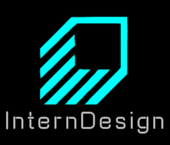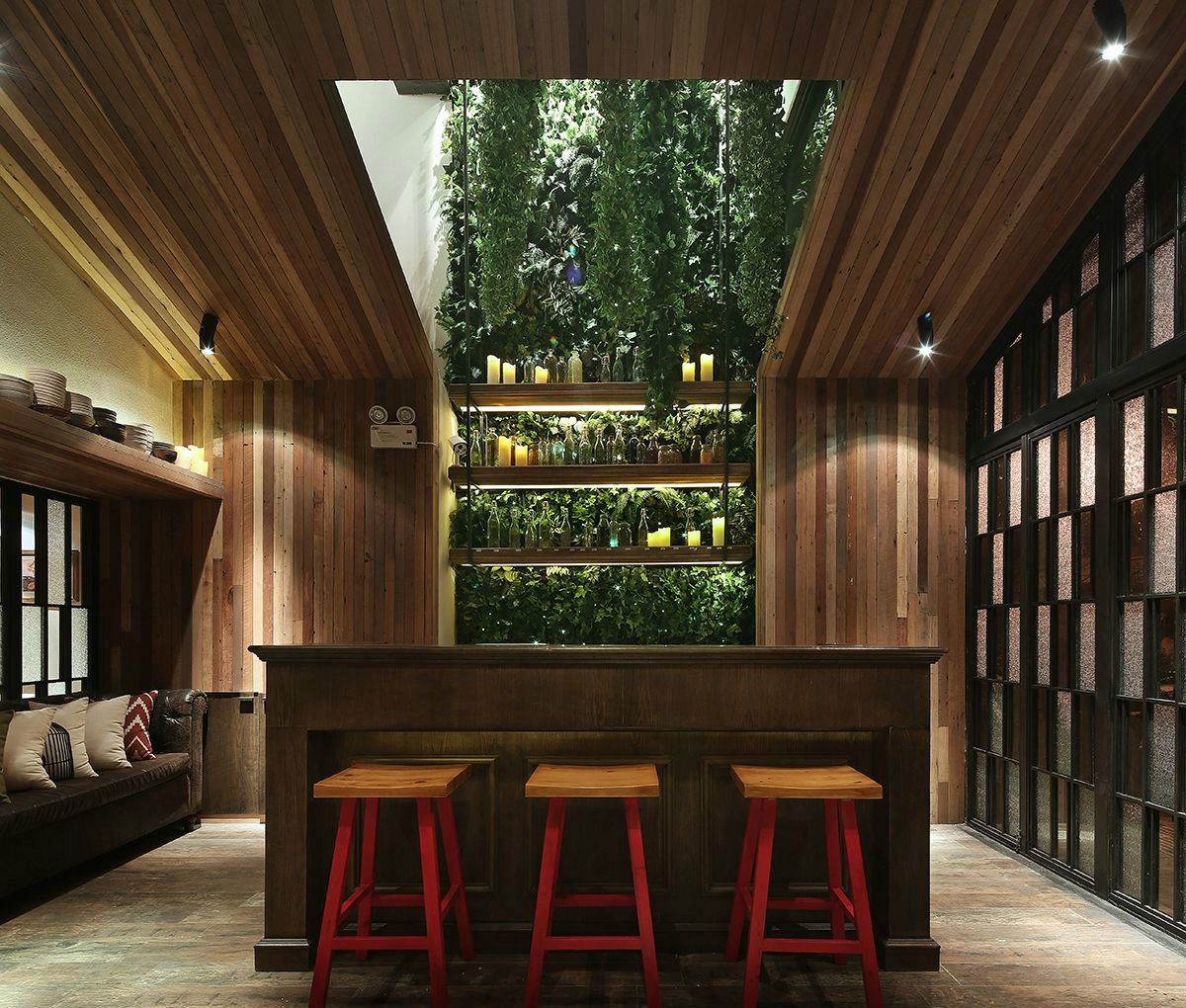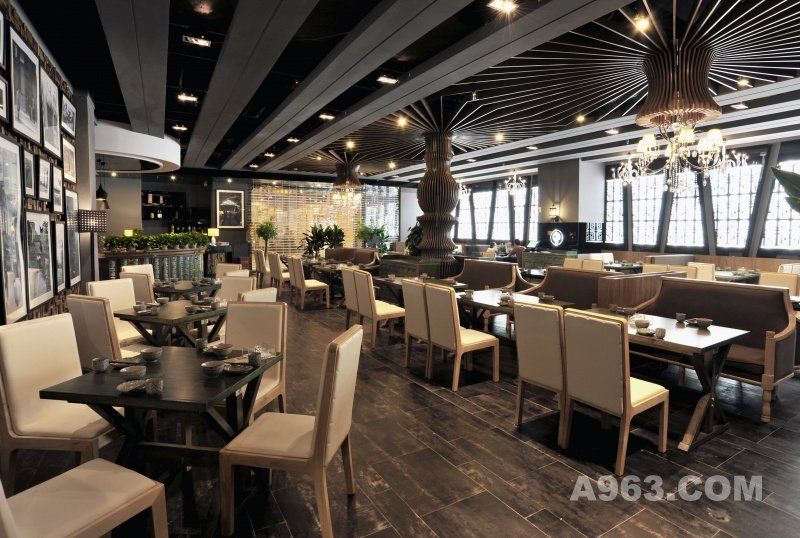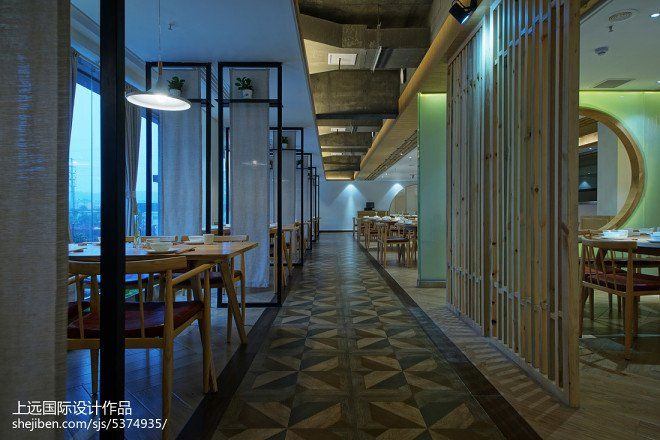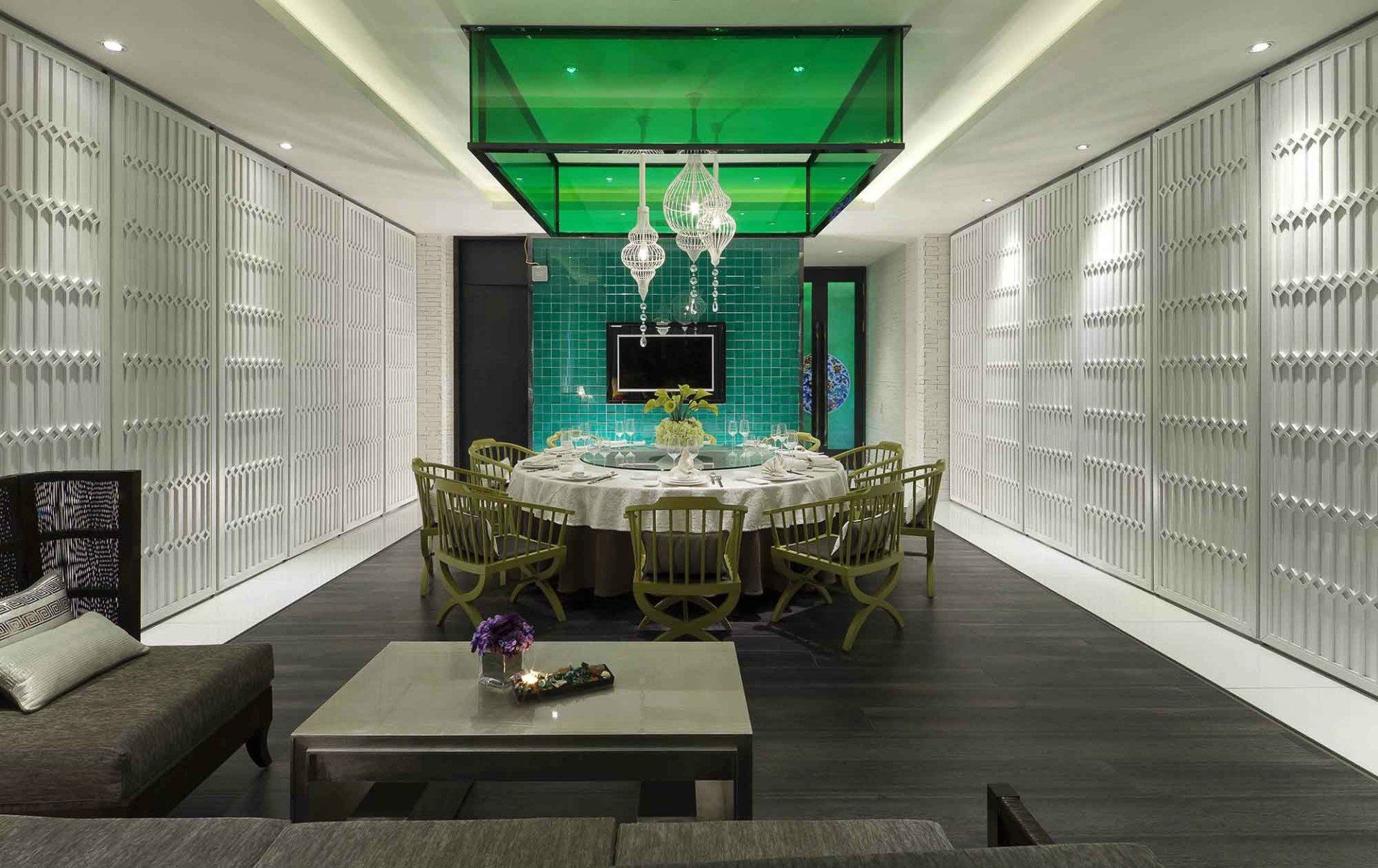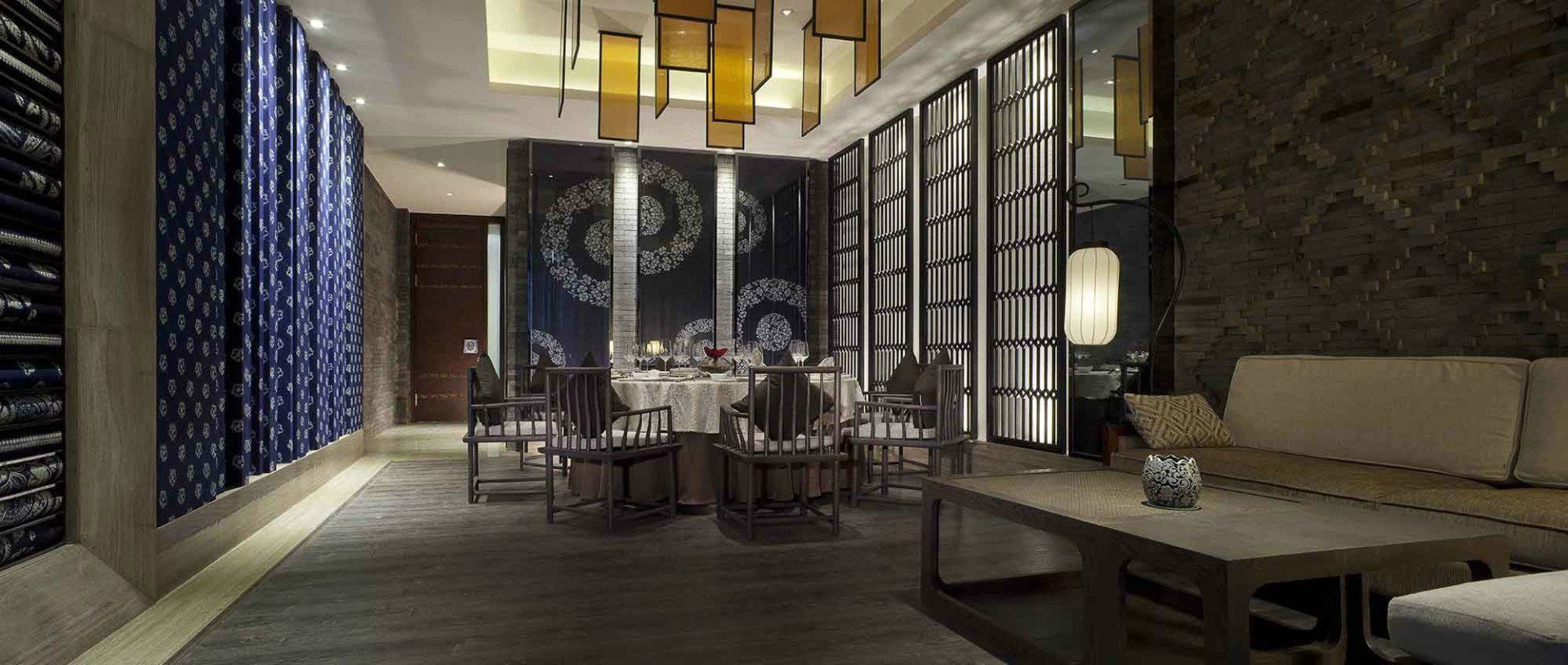Functional interior design for your new restaurant
LED innovation (strategic LED images and materials)
The restaurant business is not as easy as some beginners think.
It seems simple: you just have to produce good food in a pleasant atmosphere at a reasonable price.
However, achieving those goals cannot guarantee financial success.
Many factors are involved in determining whether a restaurant becomes profitable.
According to many studies and surveys, restaurant design and atmosphere are among the top criteria that affect how profitable your business will be.
The methods of restaurant design can vary enormously depending on your concept, kitchen and budget, but one area is of the utmost importance, regardless of the aesthetic design.
Your restaurant must function smoothly or there are unacceptable delays and problems.
This may mean that you need a special room for customers to place delay orders.
You definitely have to create easy access to bathrooms and outdoor dining areas.
Your tables may not be so close together that servers and customers cannot move freely.
It is also essential to receive wheelchairs, walkers and other auxiliary devices.
Opslagruimte: een vaak over het hoofd gezien aspect van restaurantontwerp
Restaurant design influences all aspects of your restaurant in two ways: appealing to the aesthetic preferences of the customer and creating efficient flow patterns that facilitate cooking, serving and payment of orders.
However, it is important not to allow aesthetic problems to defeat efficient functionality.
A clean, uncluttered dining room with a central focal point, for example, may be desirable, but you need storage spaces for spices, glasses, silverware, equipment, high chairs and extra seats.
A beautiful curved wall or central aquarium can serve as an excellent junction that encourages customers to take and share selfies, but both functions can hinder customers and servers by blocking the efficient flow of internal traffic.
Storage is crucial for both front-of-the-house and back-of-the-house design.
You may also want to make clear paths from the loading dock to storage areas.
If you have storage in the basement or upstairs, installing a freight elevator can be one of the wisest investments you make.
Functionele restaurantontwerpkwesties
A common problem is that nobody wants to sit in a certain area or table.
You can solve this problem before you open your restaurant by sitting at every table and noticing the view.
If a table seems too close to the kitchen traffic or has no view of other guests, adjustments may be needed.
The comfort of your guests is crucial, so it may even be necessary to create different dining options that appeal to different types of customers - such as people who want an intimate dinner and people who interact in large groups.
Your design details depend on your concept, which can fall into one of the following categories:
- Fast food
- Casual
- Fast casual
- Fine Dining
- Modern
- Gastropub
- Neighborhood bar and grill
- Indoor/outdoor
- Cafés and bistros
- Fusion cuisine
Als een voorbeeld is het duidelijk dat een fusion keuken-restaurant waarschijnlijk ontwerpelementen uit beide keukens zou bevatten. Binnen- en buitenrestaurants kunnen een ruimte ontwerpen die voor eenvoudige toegang tussen de ruimtes zorgt. Afzonderlijke serverstations kunnen het heen en weer serververkeer verminderen. Er zijn verschillende kritieke aandachtsgebieden bij het ontwerpen van functionaliteit, waaronder:
- De bar en de wachtruimte
- Ingangen en gebieden voor vachtcontrole
- Hoofd eetkamer
- Speciale ruimtes om te dineren, zoals ruimtes voor groepsbijeenkomsten, buffetten en privékamers
- Server stations
- Keuken ontwerp
- Gebieden om afleveropdrachten te plaatsen
Sommige restaurants bieden nu bepaalde items voor afhalen aan de voorkant van het restaurant, buiten, in verkoopautomaten en zelfs op nabijgelegen locaties, zoals drukke fabrieken of kantoorgebouwen. Het is belangrijk dat u deze ruimtes zo ontwerpt dat ze overeenkomen met uw ontwerpconcept in het restaurant.
Betalen van
cheques en bestellen van Carryout
Het nemen van betalingen en het uitvoeren van bestellingen kan echt de doorstroming van een restaurant belemmeren - vooral tijdens de lunch wanneer mensen een beperktere tijd hebben om te eten. Lange lijnen aan de kassa of het POS-station kunnen paden naar het toilet of ingangen en uitgangen blokkeren. Deze geïmproviseerde regels kunnen ook de efficiënte voortgang van servers tussen de keuken en tabellen blokkeren. Uiteraard kunnen moderne kassasystemen die tablet- en smartphonebestellingen en prepaid- en tableside-betalingen mogelijk maken, deze problemen reduceren van elementaire ontwerpfouten tot hanteerbare operationele problemen.
De restaurantkeuken
Restaurantkeukens hebben meestal weinig ruimte en ongeacht hoe groot uw keuken is, uw behoeften zullen snel toenemen om alle beschikbare ruimte te gebruiken. Professionalschefs - degenen die echt begrijpen dat restaurants bedrijven zijn - zullen genoegen nemen met minder gadgets en apparaten. Er moet apparatuur worden gekozen die aan meerdere culinaire behoeften kan voldoen, en u en uw personeel moeten manieren bedenken om ervoor te zorgen dat elk gebied in de keuken op zijn minst een tweeledig doel dient. Enkele van de beste ruimtebesparende strategieën in restaurantkeukens zijn:
Winkelgereedschap met vergelijkbare functies samen - een ontbrekend gereedschap kan eenvoudig worden vervangen door iets gelijkaardigs in een haastige situatie.
Teken of plak schaduwcontouren om het opslaan en vinden van het juiste gereedschap te vereenvoudigen.
Ontwerpt keukenstations strategisch voor het snijden en voorbereiden van taken, frituren, sauteren, sandwiches maken, verwarmde bereide gerechten onderhouden, gekoelde items bewaren en platteren.
Verticale ruimtes en planken kunnen het vinden van essentiële gereedschappen en apparatuur vergemakkelijken, dus hergebruik lege muren en kastdeuren om essentiële messen en gereedschappen op te bergen.
Een duidelijk pad naar opslagruimten voor het afwaspersoneel is ook van cruciaal belang tijdens drukke servicetijden.
Schappen onder werktafels zijn ook belangrijke opslagruimtes.
Ontwerp uw restaurant zodat de meest gebruikte gekoelde ingrediënten beschikbaar zijn in sandwichtafels en reikwijdten.
Ontwerp kookprocessen zodat uw koks zo min mogelijk moeten bewegen.
Afwegingen zijn soms nodig - zoals het accepteren van verminderde energie-efficiëntie door vriezers in de buurt van friteuses te plaatsen voor een betere frituurefficiëntie.
Soms is meer drastische actie nodig als uw keuken erg klein is. Mogelijk moet u muren omver gooien om de beschikbare ruimte uit te breiden of uw menu te verkleinen. Het vooraf bereiden van zoveel mogelijk voedsel is een andere strategie die veel restaurants met kleine keukens hanteren.
Bevordering van uw bar door aanvullende ontwerpfuncties
Bars lopen vaak voorop in het aantrekken van een specifiek type klanten - jonge stedelijke professionals en millennials, trendy clubhoppers en barcrawlers. Uit een studie bleek dat 68 procent van de restaurantklanten bereid is om hun hele avond door te brengen in een restaurant met een aantrekkelijke bar. Ontwerpen voor het barpubliek omvat het creëren van een comfortabele ruimte waar mensen kunnen eten of drinken. Het kan nodig zijn om een apart gebied voor de bereiding van voedsel te ontwerpen om de efficiëntie van het bestellen van voedsel aan de bar te bevorderen. Mogelijk hebt u een aantal zeer gespecialiseerde tools en apparatuur voor het stylen van voedsel nodig om uw eigen vlees te verwerken en speciaal voedsel en dranken te maken met behulp van moleculaire gastronomie.
Uw interieuraroma kan veranderen
Restaurants zijn tweede huizen voor veel klanten, en daarom is het belangrijk seizoensontwerpen geschikt te maken voor verschuivingen in eetgewoonten, het seizoen te promoten en ontwerpfuncties aan te passen voor feesten, speciale gelegenheden en zakelijke bijeenkomsten. Modulaire ontwerpen - hoewel duurder - kunnen in de loop van de tijd goedkoper blijken te zijn als u regelmatig uw interieur moet aanpassen.
Uw ontwerpbudget plannen
De beste strategie is om eerst te ontwerpen voor functionaliteit, zodat u niet te gehecht raakt aan een bepaald esthetisch ontwerp. U moet rekening houden met het merk, het concept en het soort service dat u biedt. Bijvoorbeeld, fijn dineren vereist een grotere investering in design dan een buurtrestaurant of fastfood-bedrijf. De kosten voor het bouwen van een restaurant variëren afhankelijk van de locatie en het concept, maar gemiddelden lopen tussen € 85 en € 300 per vierkante meter. Ontwerp neemt doorgaans ongeveer 10 procent van het bouwbudget voor zijn rekening, maar u zult meer uitgeven aan een gastronomisch restaurant of een plaats met live entertainment.
Als u eerst functionaliteit plant, is het gemakkelijker om esthetische ontwerpen te gebruiken die uw restaurant onderscheiden. Wanneer zowel functionaliteit als esthetisch ontwerp naadloos samenwerken, kan het resultaat buitengewoon aantrekkelijk en winstgevend zijn. Hoe geweldig uw restaurant er ook uit ziet of hoe fantastisch het eten is, uw succes is afhankelijk van naadloze functionaliteit, efficiënte service, snelle voorbereidingstijd en klantcomfort. U wilt nooit in een positie zijn waarin u functionaliteit probeert te bouwen in een vooraf gedefinieerd esthetisch ontwerp.
LED Innovatie
The LED market is thriving with activity and excitement as more businesses and organizations switch to LED displays. In this day and era of strong visual impressions the LED display shines through standard methods of marketing and produces results.
Read more
Onze filosofie
We benaderen elk project met opwinding en enthousiasme en we zijn altijd op zoek naar nieuwe manieren om onszelf iets bij te brengen over nieuwe producten, innovatieve materialen, inspirerende gereedschappen en de nieuwste bouwtechnologieën.
MEER OVER ONS
Idee
We brengen ideeën tot leven. Dat is zowel ons doel als onze visie en daarom doen we er alles aan om van uw idee werkelijkheid te maken.
Ontwerp
Het ontwerpproces bij INTERNDESIGN bestaat uit verschillende fasen, van de eerste schets tot 2D- en 3D-modellen.
Nauwkeurigheid
De enige afgeronde hoeken die u bij INTERNDESIGN vindt, zijn de hoeken die u afgerond wilt hebben. We nemen nauwkeurigheid zeer serieus.
Tevredenheid
Uw mening en tevredenheid zijn gedurende het hele proces van belang: van de eerste tot de laatst getekende lijn.
Het laatste nieuws

A restaurant's concept is often defined as its culinary style - fast food, fast casual, casual, fine dining, gastropub, fusion, neighborhood and sports-lovers dining. Other popular concepts include family dining, bistros, coffee shops, buffets, midscale dining and mobile food trucks. However, just a brief Google search will show that there are dozens of pizza places, burger joints and culinary franchises in any developed area of the world. Competition is fierce. That's why it's important to define your restaurant's concept more fully. It's similar to using the right long-tail keywords in organic searches. Customers are likely to define their food preferences in their searches such as using the key phrase "organic vegetarian pizza" instead of generic "pizza." You can define and promote your concept as an ideal choice for diners looking for key certain standards of food, service and atmosphere. Using Your Concept or Theme to Distinguish Your Food Business It's important to define your concept before you begin other restaurant development efforts. If you change your concept, you'll have to begin the planning process again and make some significant changes in the menu, decor, service standards and advertising strategy. When incorporating the details of your restaurant planning, you should choose elements that complement your concept and theme. Areas that you should plan to coordinate with your concept include: Naming dishes to reflect the restaurant's concept Choosing dining room decor and accents for your concept and targeted guests Sourcing food for your concept such as choosing farm-to-table suppliers, low-cost processed foods, organic ingredients or high-end meats and produce Using electronic signs, art, dining room accents and physical signs to mirror your concept Training your staff to deliver the appropriate level of service such as teaching servers about wines for fine dining service Naming the restaurant to suggest your concept The single most important issue is designing your menu to appeal to like-minded customers. Other important management considerations to promote your concept include: Satisfy customer expectations such as implementing a dress code for fine dining establishments. Develop the menu as your core document so that you can refer to it when making other decisions. Deliver a consistent experience on each visit. Plan special events that harmonize with the concept. Some restaurants deliver separate dining experiences in different parts of the restaurant, and bars often feature a different concept than the dining room. However, you should unite these differences with a common conceptual thread such as low prices, farm-to-table, no artificial ingredients, gourmet preparations, etc. Choosing a Concept Your restaurant concept is basically how your restaurant works. This includes prices, menu, interior design, seating style, service and atmosphere. Successful concepts include the following ideas: Casual dining and food cooked to order in a relaxed atmosphere with standard service Fast casual that combines fast food with casual dining to generate faster service with a smaller menu and lower prices Fine casual restaurants that combine haute cuisine and lower prices with fewer amenities than traditional fine dining establishments Diner-type restaurants that typically serve fast food with elements of self-service in unique spaces often designed as a bus, train car or trolley Street food at food trucks, trailers, booths and wagons Fast food that includes pizza restaurants, sausage shops, kebab places, burger restaurants, buffets, food to take out, prepackaged foods, breakfast places and other fast food options Collaborative restaurant concepts are also gaining popularity. Popular retailers like Tiffany & Co now feature an in-house restaurant - Tiffany's has The Blue Box Cafe - where customers really can have breakfast at Tiffany's or snack while waiting on a spouse or friend to shop. These marketing ideas don't require single ownership; two entrepreneurs could easily partner in a shared space featuring an eatery and a different kind of retail operation. In fine dining restaurants, front-of-the-house and back-of-the-house staffers often work together to create a high-end customer dining experience. The name of the dish, the sourcing suppliers, presentation, food quality, tableside lighting and furniture deliver an interconnected dining experience. Putting a Unique Mark on a Concept Mashups are increasingly popular, and the trend got a big boost from nouveau cuisine in the 1980s. This dining trend focused on a mashup of classic French techniques, creativity and available local ingredients. Today's mashups mix it up with cooking techniques, ingredients, atmosphere and service. For example, you might serve burgers, hot dogs and fries with candlelight and tablecloths for couples or gourmet foods in a picnic basket. All types of fusions are possible where there's a market, cooking talent and determination to succeed. You can create a matchless restaurant experience using creativity and cross-culinary skills. Unique Restaurant Throughout the World Highly creative concepts can turn small restaurants and creative ideas into international culinary destinations. You can achieve a remarkable level of success - even if it's just local - by trying to be unique enough to attract a core group of customers. Aaronallen.com recently posted a list of European restaurants with unique concepts: Dark Restaurant Nocti Vagus in Berlin serves diners in darkness, and blind or visually impaired servers staff the restaurant. The concept is that losing one sense heightens other senses such as taste. Food tastes more remarkable, and the aromas and sounds of sizzling platters enhance the dining experience beyond the ordinary when you sit in the dark. Thrill Seekers In Lloret de Mar, Spain, The Disaster Café simulates the effects of a 7.8-degree earthquake during service times. Although that wouldn't appeal to many everyday diners, a unique subset of thrill seekers value the experience. Volcano Grill Lanzarote, a Spanish island, uses its volcano for more than tourism. El Diablo restaurant actually cooks meals over an active volcano hole. Futuristic Dining Baggers restaurant in Germany steals a step on the competition. The restaurant blends self-service and full-service by arranging for customers to place their orders on touch screens. The food arrives on roller coaster tracks. The future is now for entrepreneurs with forward-looking restaurant concepts. Researching a Unique Concept Your idea could go badly wrong unless you research the concept. That includes matching the cuisine with local demographics, choosing a workable location and studying the costs. Other considerations during your research should include: The concept should cover more than cuisine including decor, lighting, ambience and service. The message must be unique enough to appeal and simple enough for each customer to understand and remember. You should define the budget and identify any cash flow or capitalization problems. Find the easiest way to present your concept. Determine the demographic makeup of local residents within a one-, two- and three-mile radius. Breakfast and lunch customers generally eat within a one or two miles radius while evening diners might travel further for a unique food concept or outstanding food. A unique and appealing concept will make your restaurant stand out and give prospective diners an easy way to find your business with unique keyword combinations. Your concept should be a primary tool for branding your restaurant with your ideal customer.

After closing for three months for a $2.9 million renovation of its 64-year-old structure, the Central Park Boathouse — also sometimes called the Loeb Boathouse — is back in business, the Post reports, with more seats and an upgraded look to make the scenic, lakeside restaurant even more Instagram-ready. The renovation and restoration of the restaurant, located near Central Park’s entrance at Fifth Avenue and East 72nd Street, includes new furniture, finishes, and lighting, as well as more muted colors, improving on the building’s water-worn exterior. Dean Poll, who has owned the restaurant since 2000, told the Post that Central Park Boathouse “was tired after 18 years.” The renovations reflect a more modern restaurant with an expanded main dining room that went from 160 to 185 seats and 30 new high-top seats that have a full view of the lake. Wood floors, damaged by water, have been replaced with tile. The bar has been expanded, too. “Aesthetically, it’s all going to be more appealing. It will feel like a porch overlooking the lake,” Poll tells the Post. As for the food, executive chef John Greeley is back with a seafood-heavy American menu, serving dishes like a char-grilled octopus appetizer and a seafood bucatini main. But the restaurant isn’t necessarily known for its food, which is fairly basic and on the pricier side, with entrees ranging from $27 to $45. Here, it’s more about the location and views, a place to have a drink on the water that tends to attract a mix of tourists willing to shell out for food with a view, plus locals who just want to have a drink in Central Park. The restaurant has appeared in classic romantic comedy movies like When Harry Met Sally and 27 Dresses, which makes sense considering the picturesque views and lakeside setting. Central Park Boathouse is now reopen for lunch and dinner as well as weekend brunch. Central Park Boathouse is back just in time for spring [NY Post]
